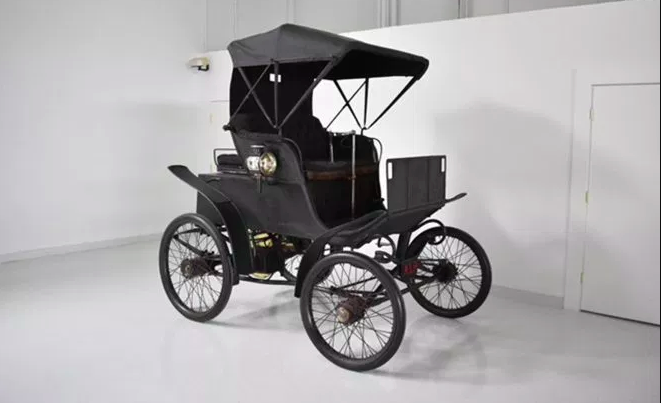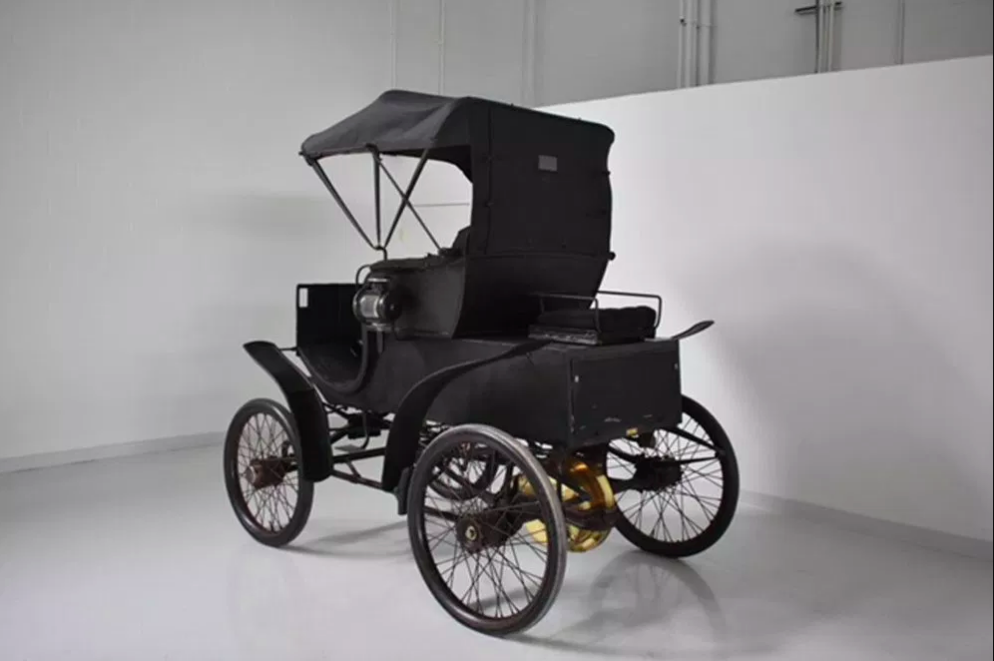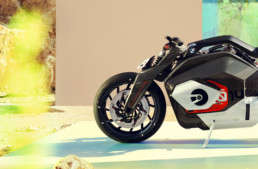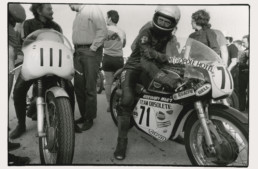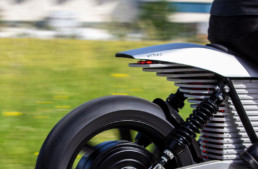Curtiss Unveils News V8-Style Battery Setup
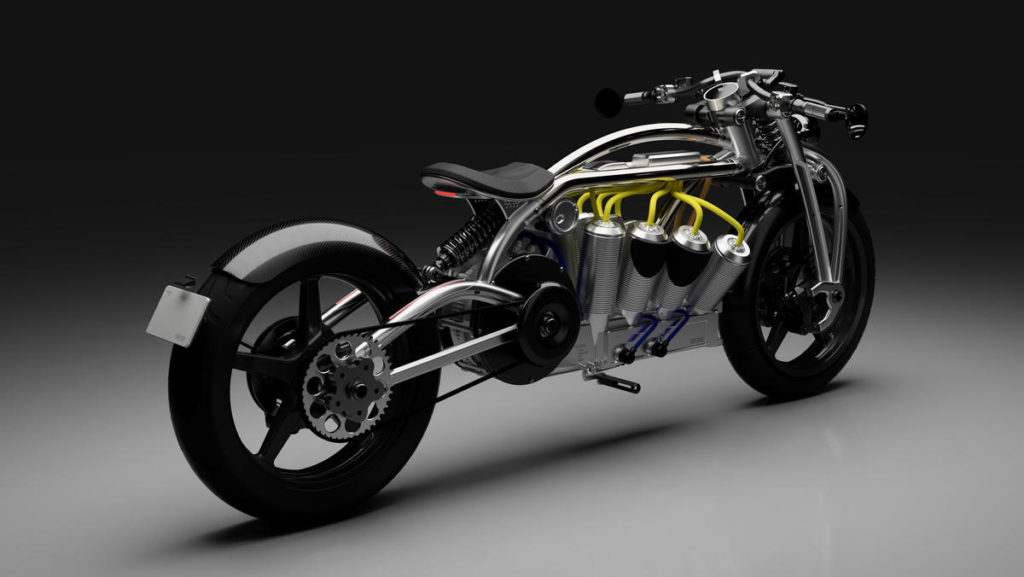
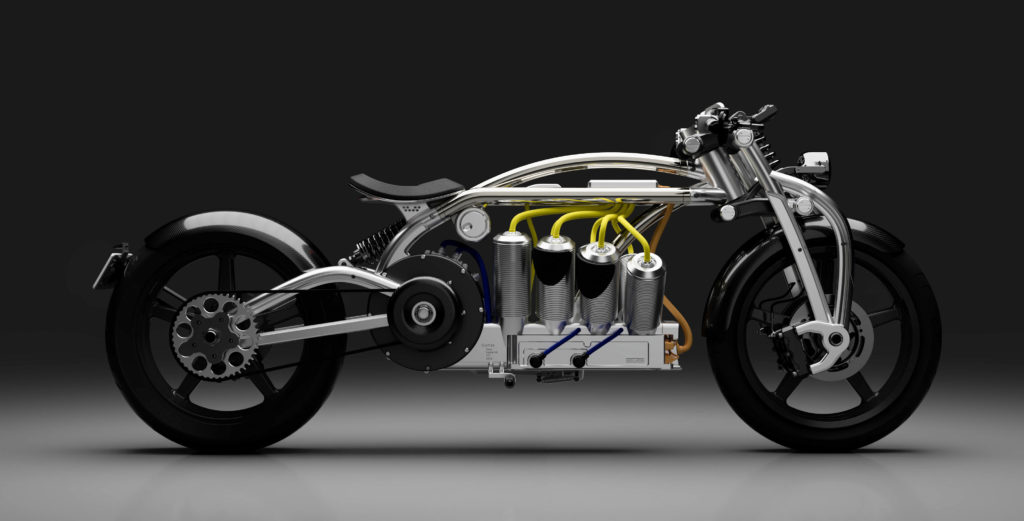
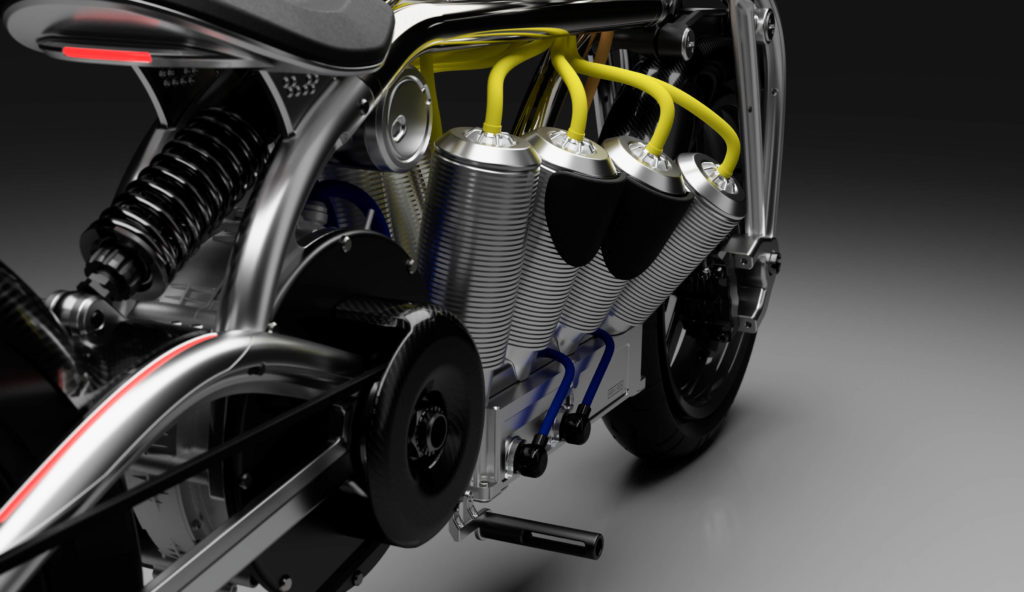
Poland’s New Moto-Style Electric Micro Car
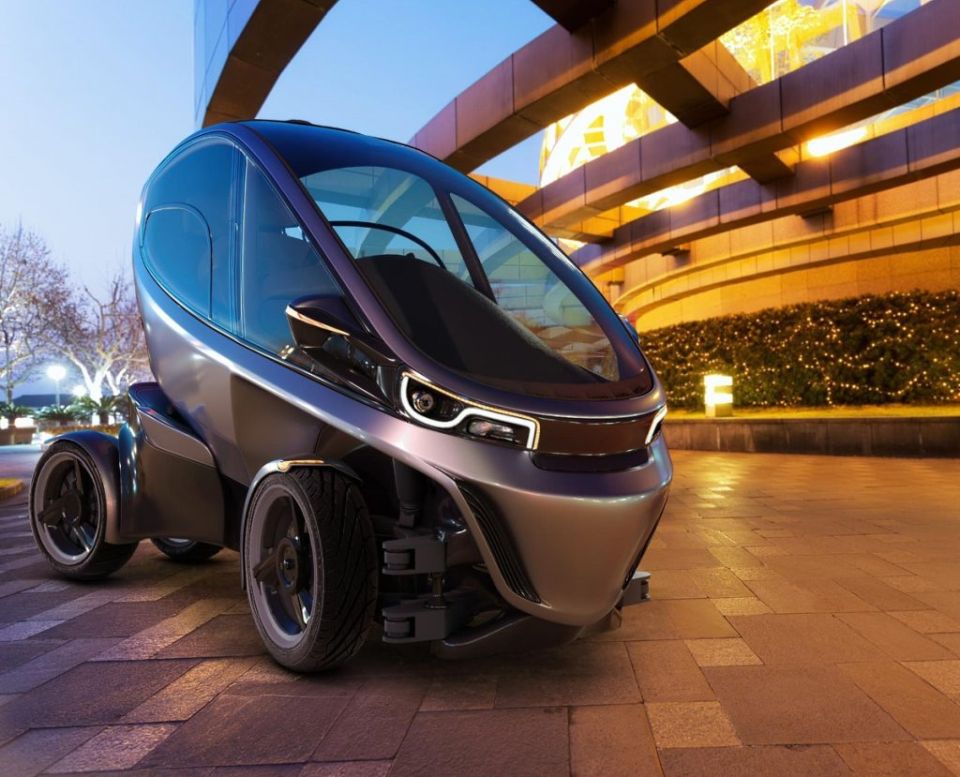
Triggo, a new Polish startup, has just pulled the cover off its new two-passenger EV. The Łomianki-based company’s aim was to develop a vehicle that offers the maneuverability of a motorcycle while retaining the comforts and safety benefits of a car. The tilting four-wheeler boasts tandem seating, an enclosed cockpit with luxurious like a stereo, seatbelts, and AC, and front-wheels placed a few feet apart for maximum stability. When attempting to squeeze through traffic at low speeds, the front-wheels come closer together, fitting into recessed wheel wells, allowing the Triggo to easily navigate urban congestion, not unlike a bike or scooter. When parked (with the wheels brought in), the Polish microcar only takes up around 1/5th the space of the average car too.

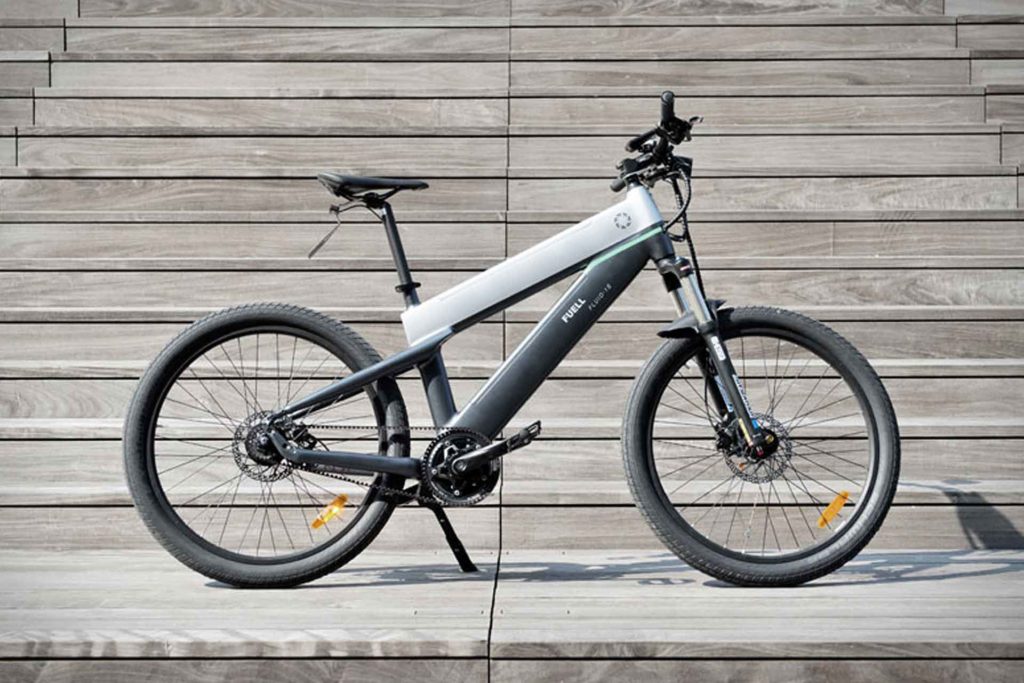
Technology — plans on releasing its first electric motorcycle, dubbed the “Flow”, in two different versions; an 11kW (15hp) variant; and a 35kW (37hp) spec. While FUELL is just one of many new ebike startups, there’s good reason to believe the company will be successful, with the outfit’s crowdfunding campaign achieving 1,100-percent of its funding goal, largely on the strength of Erik Buell’s involvement alone.
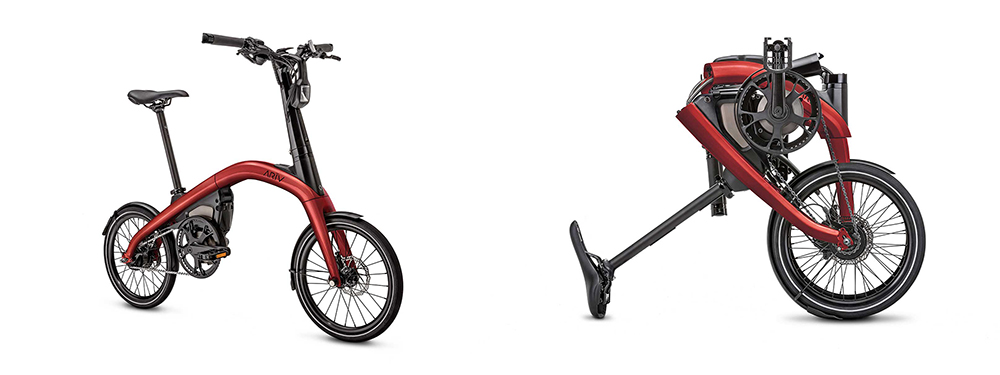
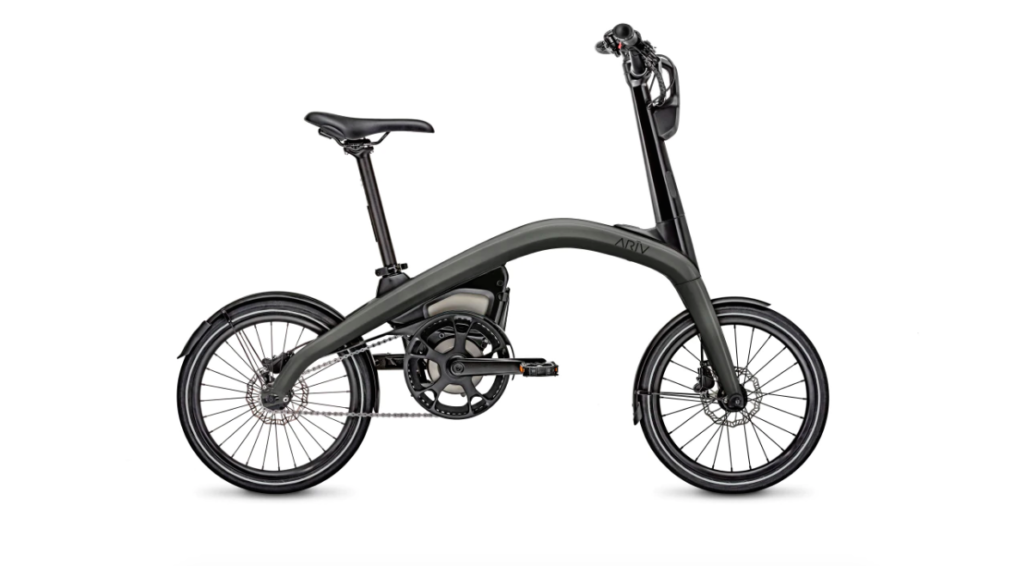
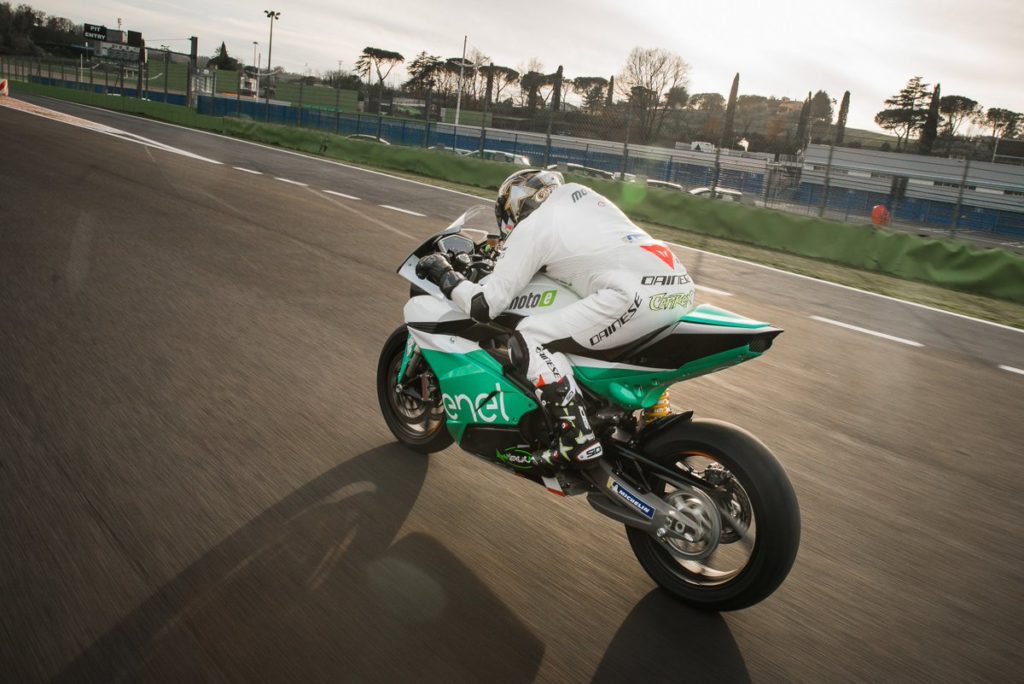
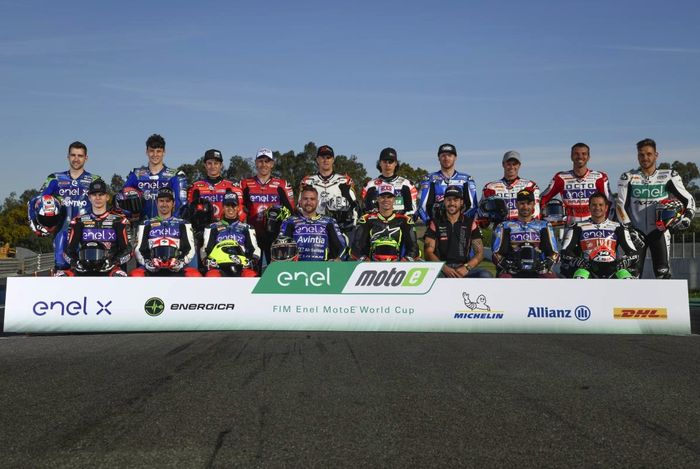
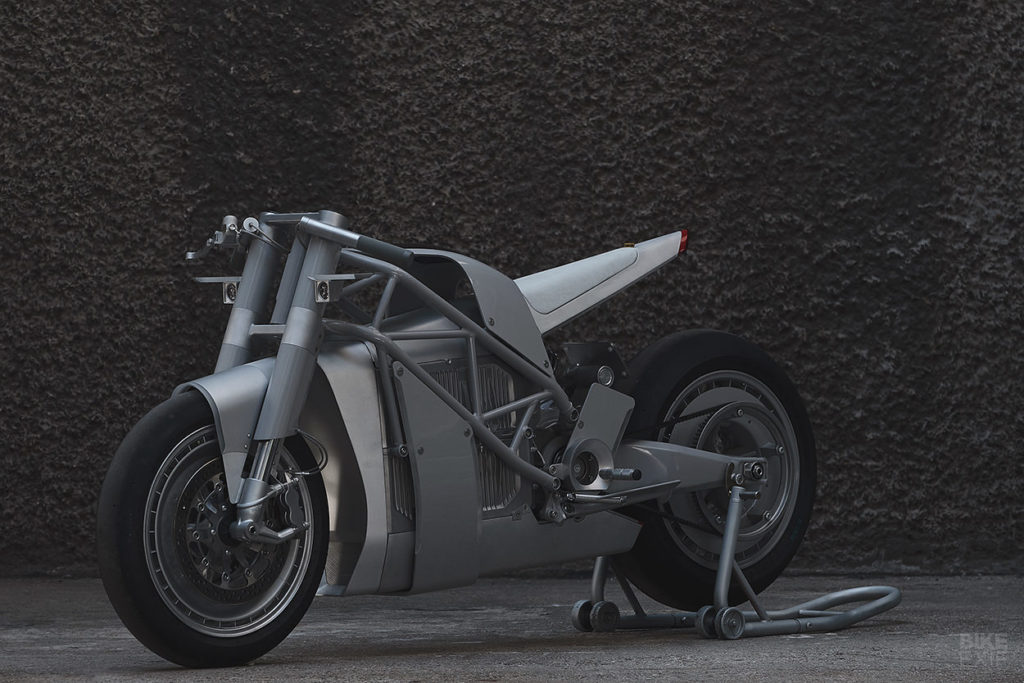
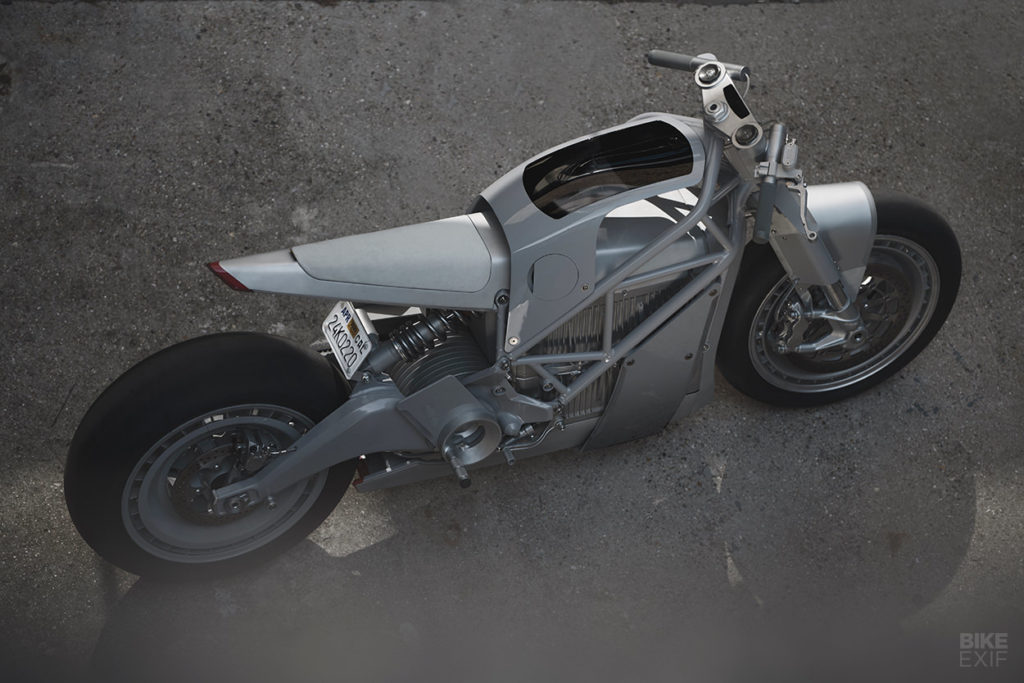
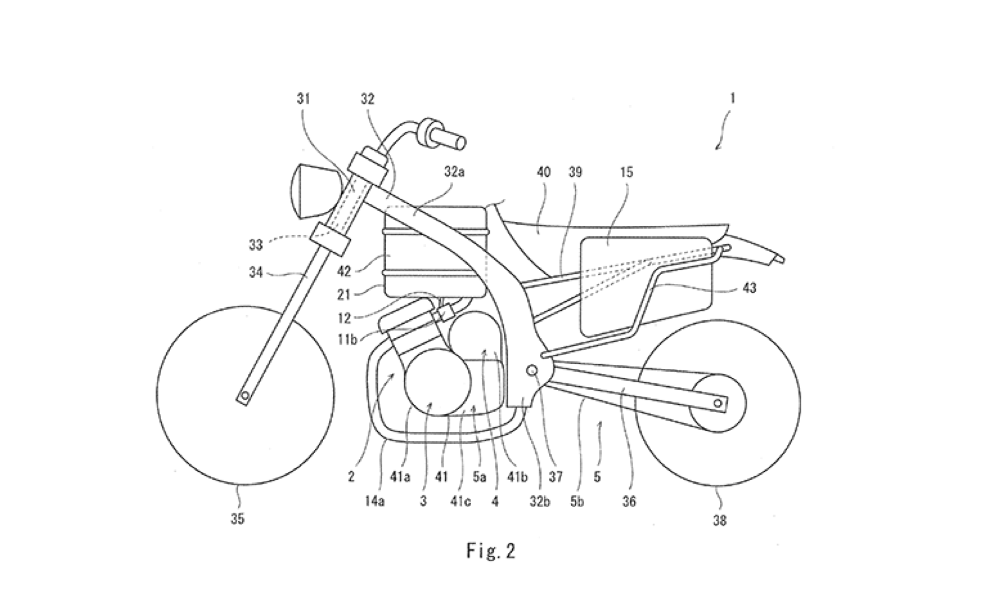
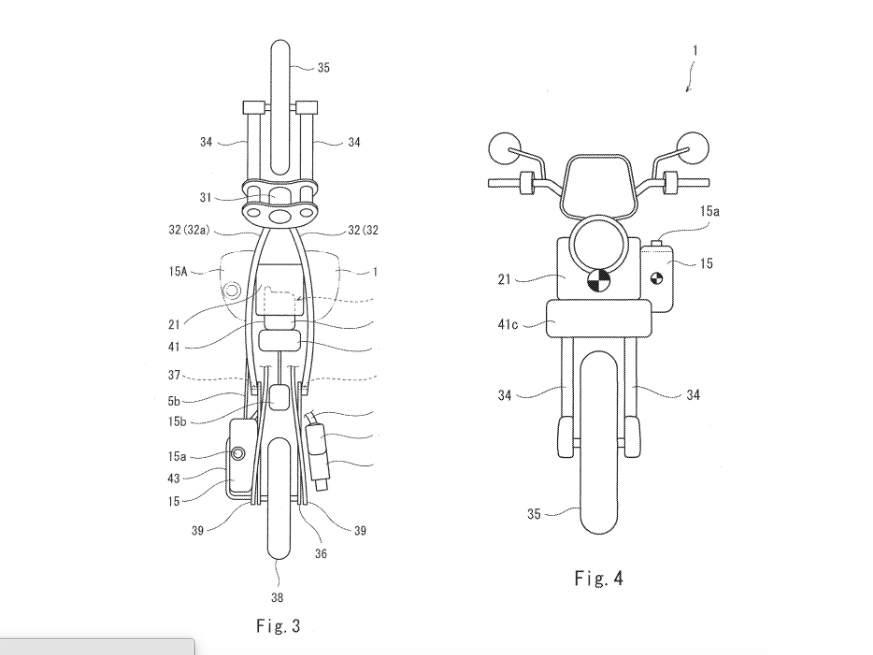
will ever see production, though we at least know that Team Green is considering the possibility — and throwing time and money at it — behind closed doors.
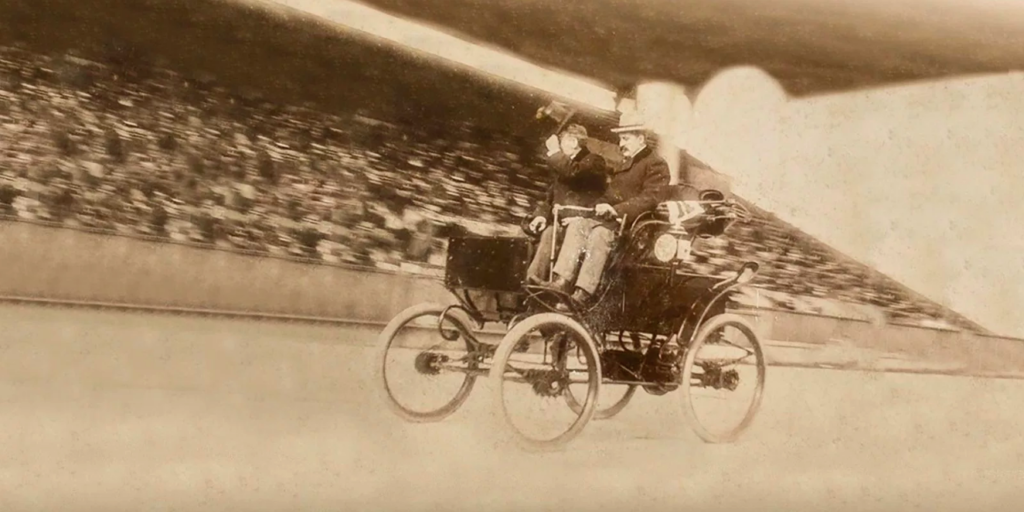
Brooklyn, New York. Riker’s electric car — which supposedly offered 40mph speeds and an impressive range of 50-miles on a single charge – proved itself on the race track where it bested grids of gas-powered machines in competitions like the Narragansett Races, the 1898 Mechanics Fair at Charles River Park in Boston, and the 1900 Paris Exposition. That same year Riker also secured first place in what was supposedly America’s first 50-mile road race (held on Long Island), and set a national record when it completed a mile run in just 63-seconds.
